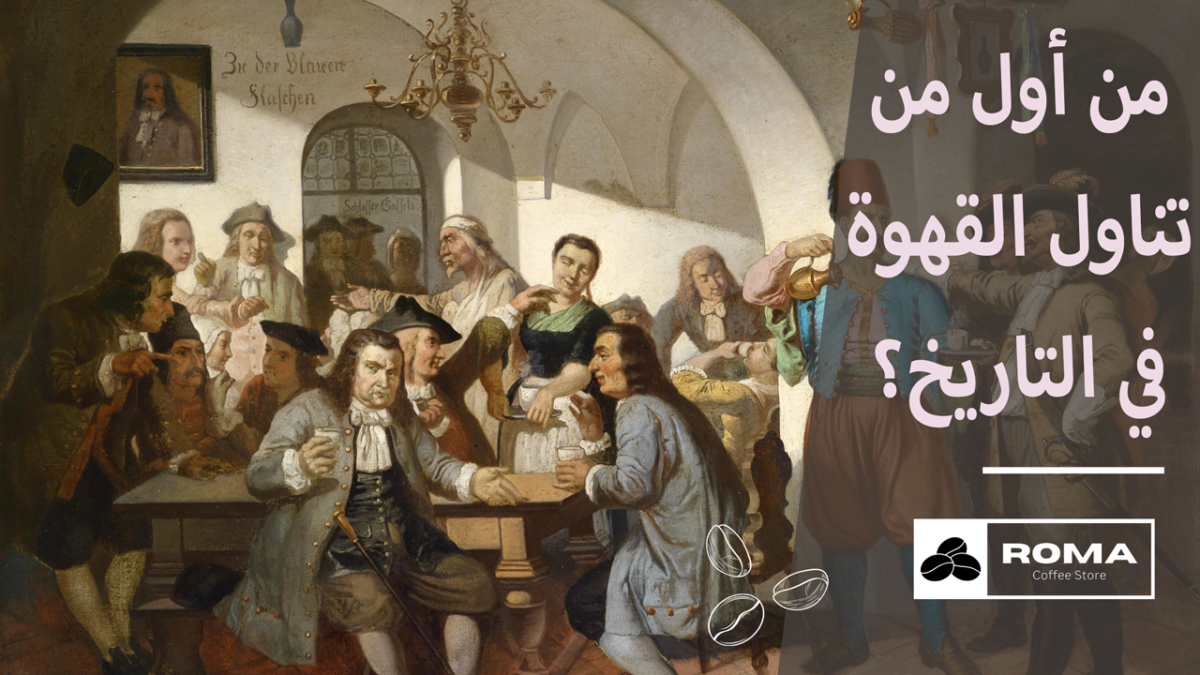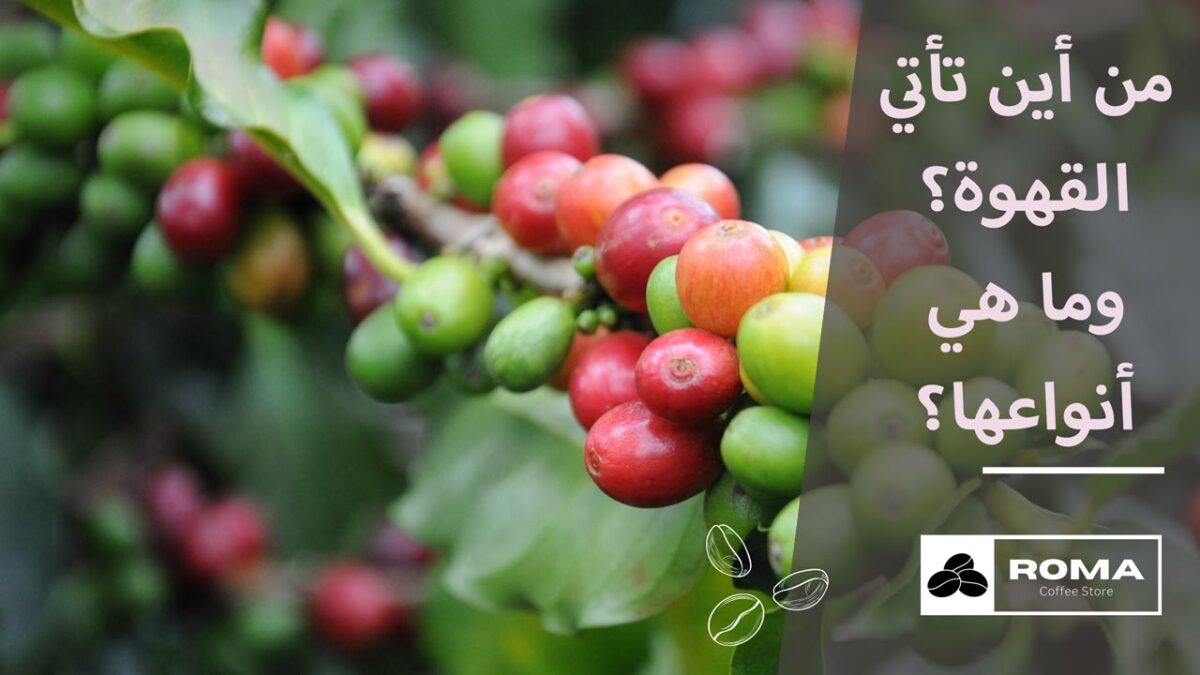Coffee is considered one of the most important drinks used by people all over the world, and this is due to its great benefits for concentration and attention. Many people drink it in the morning in order to wake up faster and have better concentration throughout the day. Many people also use it during study and learning times in order to maintain their energy levels. Focus and ease of understanding information. But, what was the history of coffee like until it became so important?
Because of this overwhelming popularity and great importance, it was important to go back in human history to reach the first people to understand the importance of coffee and how they tried to benefit from it until it reached us today as one of the most important drinks used by humans. Where we try to know the history of coffee, as well as the first areas where coffee trees appeared, and how were they identified?
The first person to drink coffee in history:
There are many narratives about the history of coffee and the beginning of its use. These narratives are similar in some matters and differ in others. They agree that the origins of coffee or the first place for the emergence of coffee trees and the beginning of attention to them are the regions of eastern Africa and southwestern Asia.
The most important of these narratives indicate that the history of coffee goes back to the fifteenth century, which is the beginning of human knowledge of coffee trees and coffee beans, through the Sufi monasteries in the state of Yemen, and by the sixteenth century, coffee beans had reached the rest of the Middle Eastern countries and the countries of North and East Africa and continued to spread in other countries. Such as India, Persia, and Turkey, and from there to European countries such as Italy, and also to Southeast Asia, and also to the United States of America.
These are the most correct of the many narrations that attempt to reach the history of coffee and the beginning of its use. There are also a group of other narrations about the first people to know the coffee plant and use it, including:
- This novel indicates that the history of coffee goes back to the Yemeni Sufi Ghathul Akbar Nur al-Din Abi al-Hasan al-Shazli, through his travel to the state of Ethiopia in the tenth century, where he noticed the great vitality of birds in that region by eating the mulberry plant and also the coffee plant, which was not known in that region. Time and from here came the discovery of the coffee plant and it continued to spread through the state of Yemen to the countries of the Arabian Peninsula and from there to all parts of the world.
- As for the other story, it is about a person called Kaldi, an Ethiopian goat herder, in the ninth century, after he noticed activity in his flock after eating the plant, which he expected to be a bright red mulberry plant, so curiosity prompted him to chew some of it, and he felt cheerful and energetic.
This prompted him to take those beans to a monk in a nearby monastery, but the monk did not believe him and refused to use those beans and threw them into the fire. After a while, a distinctive smell appeared from the coffee beans, which surprised the monk and some other monks. He quickly extracted those roasted beans from the fire, crushed them, and added water to them. Boiled coffee, which was the first cup of coffee in history.
And despite the differences between these accounts about the history of coffee and the first people to use it, they do not differ much, but rather agree that coffee trees first appeared in East Africa (the state of Ethiopia), and through communication between them and the countries of the Arabian Peninsula, the coffee plant appeared in the state of Yemen and through it to all the countries of the peninsula. Arabic and from there to all parts of the world.
Ethiopian coffee is considered the original source of this wonderful drink. Therefore, about 12 million people from the country of Ethiopia participate in the cultivation of the coffee plant, as some expressions known as “Buna Dabo Naw” refer to, which means “Coffee is our bread,” because coffee is the main source. It is also of great importance to the Ethiopian economy and their diet.
The largest coffee producing countries:
As for talking about the largest coffee-producing countries at the present time, it also indicates the presence of the state of Ethiopia as the largest coffee-producing country on the continent of Africa, but the ranking of the five countries that produce the most coffee for the year 2023 is as follows:
- Brazil: It produces approximately 2.55 million tons of coffee annually.
- Vietnam: It produces about 900 thousand tons annually.
- Colombia: It produces about 700 thousand tons annually.
- Indonesia: It produces about 410 thousand tons annually.
- Ethiopia: Its production reaches 390 thousand tons annually.
These statistics indicate that the country of Brazil is on the throne of coffee production around the world, in addition to the high quality of coffee beans that reach all parts of the world from Brazil. However, in contrast to the origin and history of coffee, the country of Ethiopia is ranked fifth among the largest coffee producing countries around the world. The list also includes a large group of countries such as India, Italy, Yemen, Mexico, Cameron, and other countries, with the amount of production of each country differing from the other.



